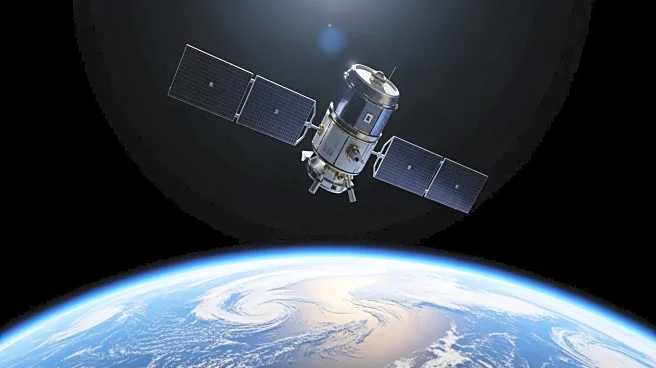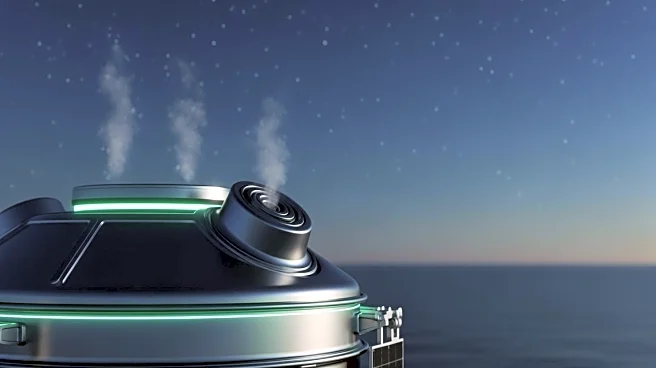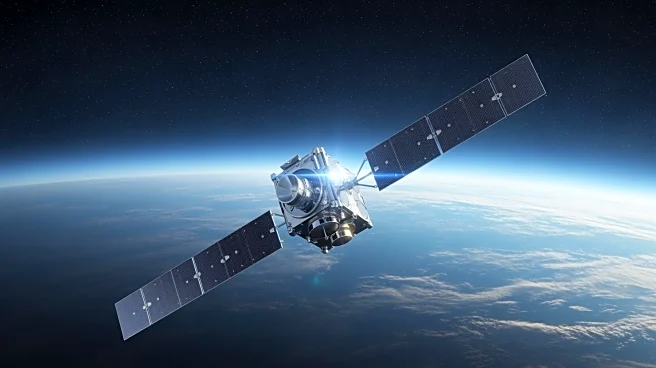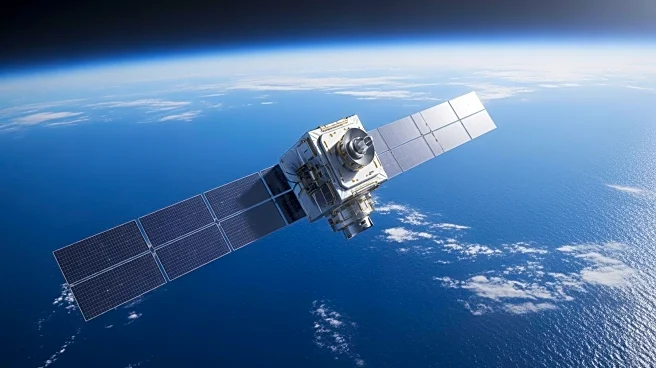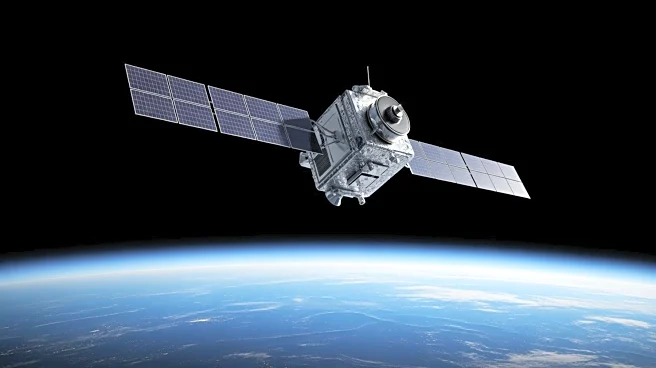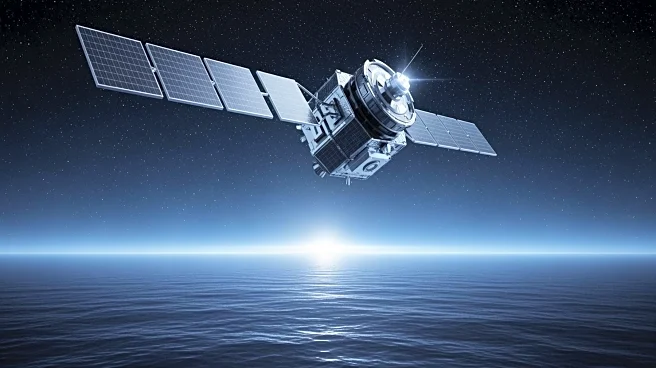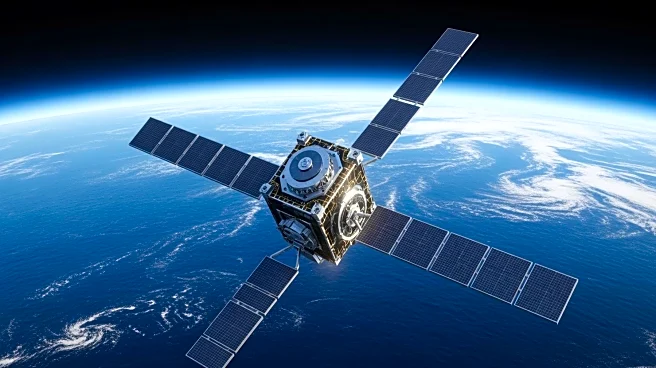What's Happening?
Fueling is currently underway for the second stage of the SpaceX Falcon 9 rocket, which is set to launch the Sentinel-6B satellite. This mission, a collaboration between NASA, ESA, EUMETSAT, and NOAA,
aims to measure sea levels with high precision. The launch is scheduled from Vandenberg Space Force Base in California, with the satellite designed to provide data on sea levels, wind, and wave conditions. The mission is part of a broader effort to improve weather predictions and climate research, with Sentinel-6B expected to operate until at least 2030.
Why It's Important?
The Sentinel-6B mission is critical for enhancing scientific understanding of sea level changes and their impact on global climate patterns. Accurate data from the satellite will aid in predicting weather events and managing coastal resources. The collaboration between international space agencies highlights the importance of global efforts in addressing climate change. The mission's success will contribute to policy decisions and strategies for mitigating climate-related challenges.
What's Next?
Following the fueling process, the launch will proceed with final prelaunch checks and the go/no-go poll from NASA and SpaceX directors. Once in orbit, Sentinel-6B will begin data collection and calibration, providing valuable information for climate models. The mission's progress will be closely monitored by scientists and policymakers, influencing future environmental strategies.
Beyond the Headlines
The mission underscores the role of space technology in environmental monitoring and the ethical considerations of data sharing. The long-term impact on climate policy and international cooperation could be significant, shaping future collaborations and technological advancements.


